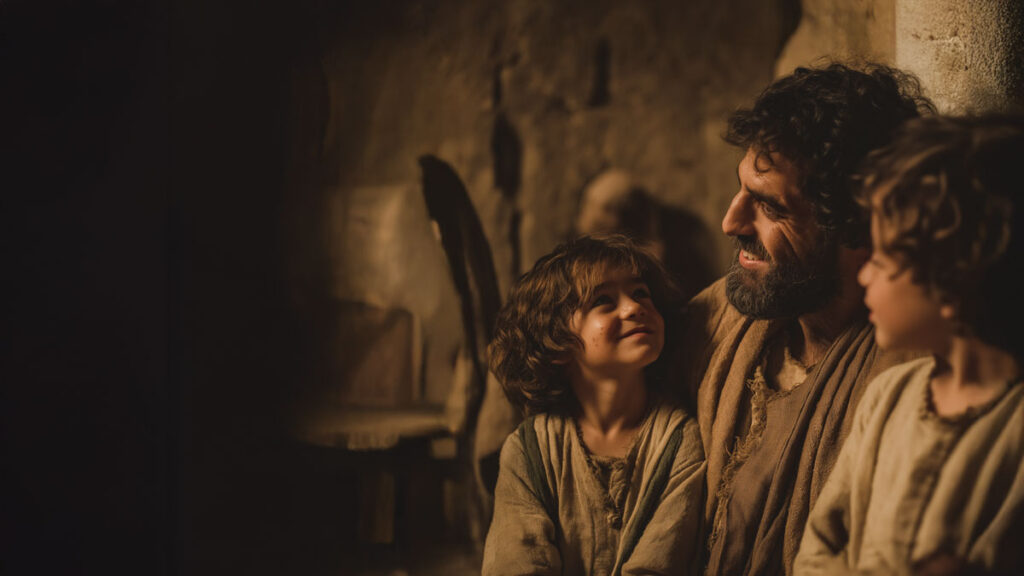1.
Silent Night inspired a truce during World War I. On Christmas Eve 1914, British troops spotted Christmas trees on the German side of the battle in northern France. Then they heard soldiers singing “Stille Nacht”. The British soldiers responded by singing the English lyrics. Eventually, both troops emerged from the trenches to meet, exchange gifts and even play soccer together. Fighting resumed on December 26.
2.
Christmas songs such as White Christmas, Winter Wonderland, Sleigh Ride, Rudolph the Red-Nosed Reindeer, I’ll Be Home for Christmas and Silver Bells are just some of the many popular carols written by Jewish composers.
3.
In Austria, Belgium and Germany, children dress up as the Three Kings. They carry a star on a pole and go from house to house singing religious songs and Christmas carols. These “star singers” are often rewarded with sweets or money, which is later donated to a local church or charity.
4.
O Come, O Come Emmanuel is one of the oldest Christmas hymns to still get airplay. Originally composed in Latin during the twelfth century, it was translated into English by John Mason Neale in 1851.
5.
Joy To The World, composed by Isaac Watts in the 1700s, is actually based on Psalm 98 and refers to Christ’s second coming rather than His birth.
6.
Felix Mendelssohn composed the tune to Hark! The Herald Angels Sing as a tribute to printer/inventor Johann Gutenberg. It’s one of the oldest English language Christmas hymns, originating in the 1700s.
7.
On Christmas Eve, 1906, the Canadian inventor Reginald Fessenden (1866-1932) played O Holy Night on the violin and sang the final verse while broadcasting from his Brant Rock radio tower in Massachusetts. This was the first broadcast of the human voice anywhere and was picked up by receivers several hundred kilometres away.
8.
Little Drummer Boy was originally called “Carol of the Drums”. Katherine Davis wrote the song based on a Czech carol in 1941. It became famous 17 years later when it was recorded by the Harry Simeone Chorale.
9.
Phillips Brooks wrote O Little Town Of Bethlehem for the Sunday school children at his Philadelphia parish, following a pilgrimage to Bethlehem in 1865. The now-beloved Christmas hymn was printed on an informal leaflet in December 1868 and then appeared in The Sunday School Hymnal in 1871.
10.
While carols began to flourish during the medieval era, Christmas hymns can be traced back to the fourth century during the Council of Nicea (325 AD) and subsequent councils where the Nicene Creed was shaped.







